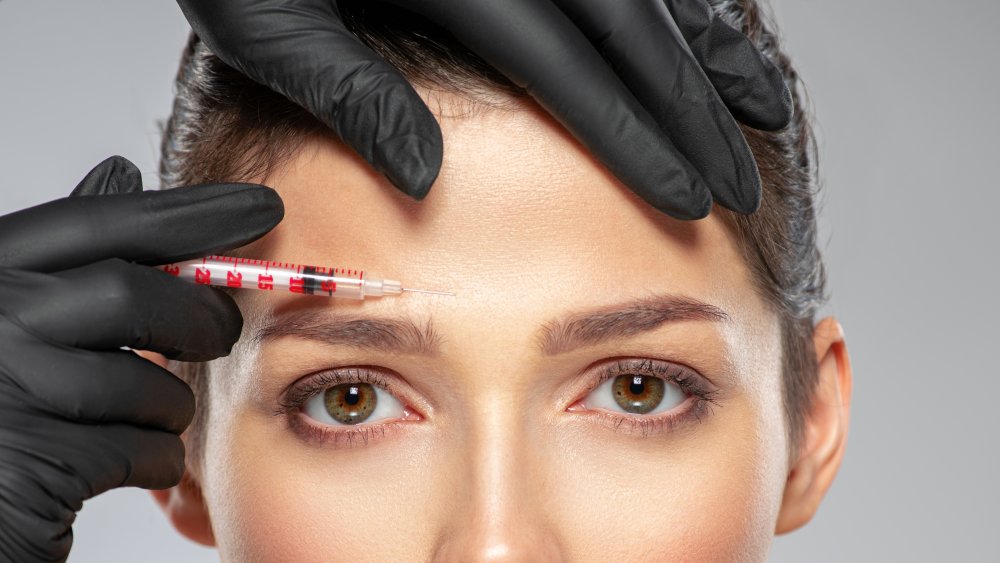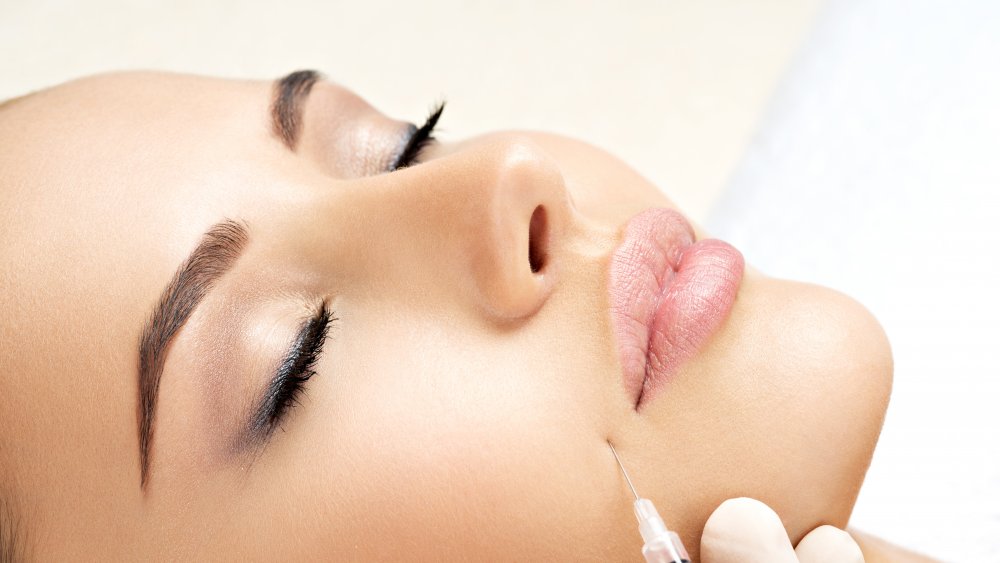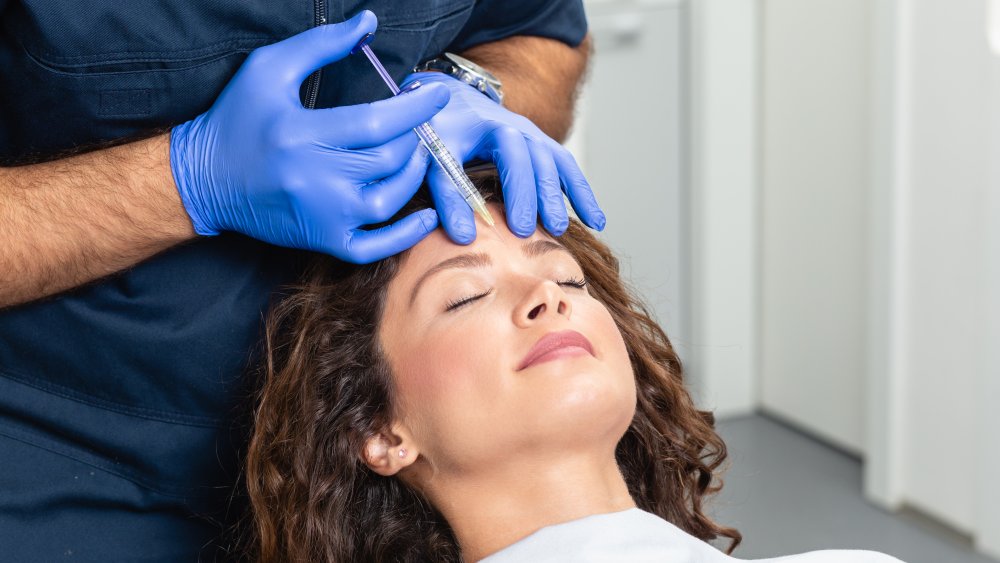The Truth About Preventative Botox
We've all heard of Botox, the brand name for the "neuromodulator" or toxin made by the bacterium Clostridium botulinum that doctors have been using for years to help reduce the appearance of facial wrinkles. It's FDA approved for people eighteen and over, though most people using Botox injections for the purpose of anti-aging are significantly older than eighteen. However, a recent trend of "preventative Botox" is becoming increasingly popular amongst younger people who don't actually have wrinkles to erase yet.
"While five years ago the youngest patients getting Botox were in their late 30s, now we are seeing a lot of women coming in around the time of their 30th birthday to start treating," Joshua Zeichner, M.D., a New York City-based board-certified dermatologist, told SELF. And Gary Goldenberg, M.D., medical director of the dermatology faculty practice at the Icahn School of Medicine at Mount Sinai, echoed this, reporting that "most of the patients I've seen for prevention are in their late 20s or early 30s."
So what is preventative Botox all about, and why is it suddenly gaining so much steam amongst the younger crowd?
How preventative Botox works
New York City dermatologist Doris Day, M.D., author of Forget the Facelift, told SELF that preventative Botox works by retraining facial muscles and improving facial "posture" that can cause wrinkles. "By using very precise and discrete placement of a neuromodulator like Botox, I'm affecting specific muscles that are pulling in a direction I don't want," she explains. "It allows for opposing muscles to pull in the opposite direction to become stronger over time, allowing for muscles to age more evenly."
And influencers are partially to thank for the average person knowing about and seeking out this treatment. YouTube beauty influencer James Charles appeared on an episode of supermodel Naomi Campbell's YouTube show No Filter with Naomi Campbell and discussed cosmetic procedures he's had done, including Botox. "I have lip filler, I have Botox, I'm very open about it," Charles said. "I don't have too much of it, but my dad has literally the worst forehead wrinkles you could imagine on anybody, ever, so for me, my Botox was very much just preventative because my dad and I have a very, very similar face" (per Insider).
Side effects to consider with preventative Botox
While preventative Botox has the same use-it-before-you-need-it philosophy of other currently-popular anti-aging regimens like retinol treatments and eye creams, it's important to note that preventative Botox comes with all the same possible side effects and risks as Botox usually does, like possible headache, bruising, upset stomach, numbness, muscle weakness, and eyelid drooping (via WebMD).
In very rare cases, the toxin could spread beyond the treatment area, causing symptoms of botulism poisoning like breathing problems, trouble swallowing, muscle weakness and slurred speech (via PlasticSurgery.org). So when deciding whether preventative Botox is for you, make sure you take these things into consideration. Lisa Goodman is an LA-based injection specialist and the founder of GoodSkin told Byrdie, "Be an educated consumer...Decide: What purpose you are doing this for? Are you interested in injections to look good for an event coming up? Is it purely preventative? Are you trying to fix one thing that bothers you? Or multiple things?"
Once you have a clear handle on why you want to invest in Botox, Goodman says you need to find the right provider. "Do your research," advises Goodman. "Check their Instagram and before-and-after photos. Do they do Botox and fillers the way you'd like them done? Are they too subtle or too obvious? These are all things to think about."


